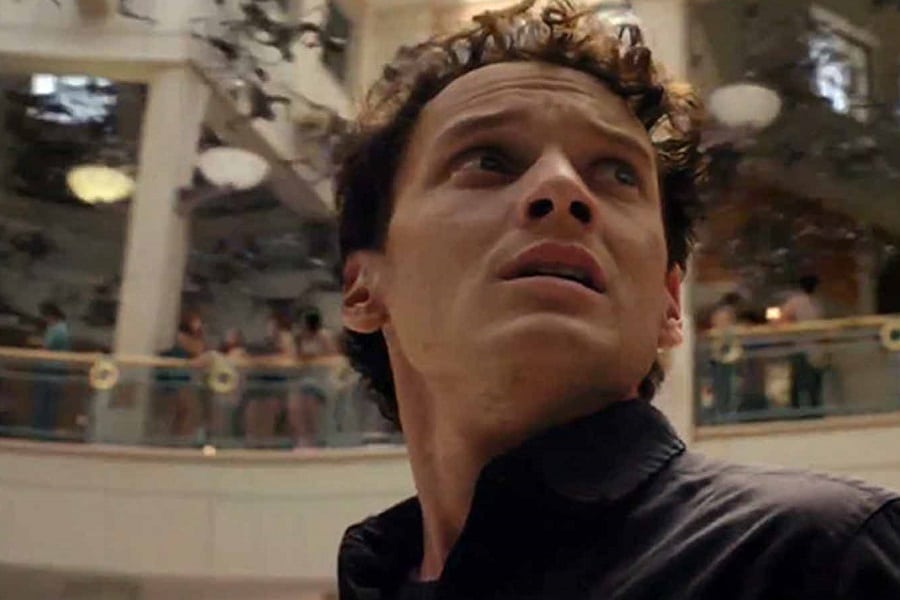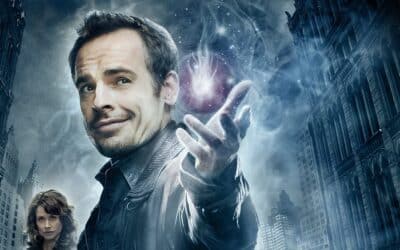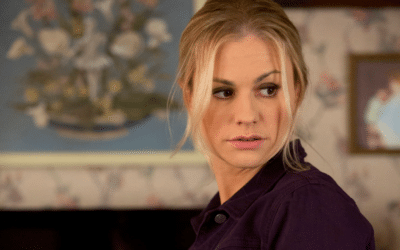
Clairvoyants in Fiction
Once upon a time, not too long ago, we would simply sit back, turn off the lights, and watch as Miss Marple, Sherlock Holmes, or Hercule Poirot unraveled mysteries with logical reasoning, sharp observation, and sometimes, even a bit of scientific knowledge. Nowadays, we’re often on the edge of our seats as seers, psychics, and clairvoyants pierce through time, space, and consciousness to solve the most confounding mysteries. Just as effectively, if not more dramatically.
Let’s take a rollicking, thrilling tour of the fictional world of clairvoyants. These are the characters who can do so much more than just follow footprints, examine fibers under a microscope, or detect a lie in a stuttering voice. They defy physics and rationality, as they summon visions, predict futures, and penetrate pasts, wrapping us in mysteries and thrillers that are every bit as engaging as the good old whodunits, if not more.
Clairvoyance, deriving from the French clair meaning ‘clear’ and voyance meaning ‘vision’, denotes the supernatural ability to perceive events, people, places, and objects beyond the reach of ordinary senses. In mystery novels, a clairvoyant character can drastically transform the narrative from a conventional crime investigation to a mystical exploration of human consciousness and fate. And, oh, what a transformation it is!
Let’s start with John Verdon’s “Shut Your Eyes Tight”, second in the Dave Gurney series. The plot thickens around a psychic who makes a chillingly accurate prediction about a grisly murder, forcing the retired NYPD detective to enter the hazy world of premonitions and dreams. Verdon’s intriguing use of clairvoyance not only intensifies the suspense but also adds a touch of the inexplicable, leaving us spellbound.
Similarly, Dean Koontz’s “Odd Thomas” series introduces us to a short-order cook who can communicate with spirits and see the lurking death of people, making him a reluctant hero in his sleepy town. His clairvoyant ability becomes a central tool in unveiling the mysteries, while serving to remind us of the fragility of life and the unpredictability of death.
Not all clairvoyant characters, however, are humans. Remember “The Sight” by David Clement-Davies? This novel beautifully blends the mystical with the animal world, where the wolves carry an ancestral gift of foresight. The narrative expertly twines around this mysterious ability, engendering an animalistic crime narrative that’s every bit as thrilling as a human whodunit.
Clairvoyants not only add a pinch of mystical intrigue but also lend a unique perspective to narratives. Alice Hoffman’s “The Probable Future” revolves around the women of the Sparrow family, all of whom inherit a unique clairvoyant gift on their thirteenth birthday. The youngest Sparrow, Stella, can see how anyone will die, which inadvertently leads her to a murder mystery. In this narrative, clairvoyance brings a delicate exploration of female lineage, generational wisdom, and the weight of knowing too much too soon.
While clairvoyants often are shown as carrying burdens, some writers have fun with their psychic characters. Take the sassy clairvoyant detective, Abby Cooper, in Victoria Laurie’s “Psychic Eye” series. Here, the visions become not only an investigative tool but also a source of comic relief, giving us moments of lightness in the shadowy world of murder and suspense.
The portrayal of clairvoyance in fiction serves to stretch the boundaries of our understanding, challenging our faith in the empirically known and the logically understood. It’s an invitation to delve into the unfathomable, to wonder at the unexplainable, and to embrace the unknown.
The emergence of clairvoyant characters in the mystery and thriller genres echoes our innate fascination with the supernatural, the mystical, and the otherworldly. It reflects our curiosity about the limits of human capabilities and our longing for transcending the usual barriers of time, space, and consciousness.
Does a clairvoyant character sometimes make things easier for the writer? Possibly. If you have a detective who can see events before they happen or communicate with the dead, they can likely solve a crime more quickly than their conventional counterparts. However, the real challenge for the writer lies in creating a credible, engaging character who holds our interest, even while working with powers we may not fully comprehend. That’s where the thrill comes in!
In thrillers, the clairvoyants stand as pillars of power and dread, crafting suspense with their eerie foresights and unexpected revelations. Whether it’s Johnny Smith foreseeing deadly accidents in Stephen King’s “The Dead Zone” or Sookie Stackhouse untangling mysteries with her telepathic powers in Charlaine Harris’s “Southern Vampire” series, these characters deliver adrenaline and awe in equal measures.
Clairvoyant characters bring to our mystery-thrillers a flavor that’s all their own – an otherworldly chill that sends shivers down our spines, an ethereal charm that enchants us, and a profound thoughtfulness that makes us ponder the many dimensions of reality.
At their best, clairvoyants bring an irresistible blend of mind-bending mystique and nerve-wracking tension. They redefine the dimensions of mysteries and thrillers, extending their boundaries into the realms of prophecy and precognition, of dreams and deja vu. They give us a glimpse of a world where knowledge is not just about seeing but also about foreseeing, where truth is not just about facts but also about faith.
So, the next time you pick up a mystery or thriller featuring a clairvoyant, prepare yourself for a ride that’s more than just a journey through the dark alleys of crime. It’s a voyage into the heart of the unknown, a dive into the depths of the unconscious, a flight into the realm of the beyond.
Indeed, clairvoyance in fiction illuminates our understanding of human perception, expanding it beyond the mundane and the ordinary. It nudges us to explore the many ways in which we can experience the world and navigate its complexities. It reminds us that every mystery is not just about ‘who’ did it, but also about ‘why’ it was done and ‘how’ it was perceived.
So, here’s to the visionaries of the fictional world, the clairvoyants who see beyond the seen, know beyond the known, and perceive beyond the perceived. Here’s to the thrillers and mysteries that they unravel, the suspense that they weave, and the awe that they inspire. After all, isn’t that what great fiction is all about?
More Supernatural Features
Paranormal Cozy Mysteries
Blending the Supernatural with the Serene
Magical Thrillers
Where thriller and magic collide
Shadow Sleuths and Phantom Files
The Supernatural Sleight in Mystery Fiction



